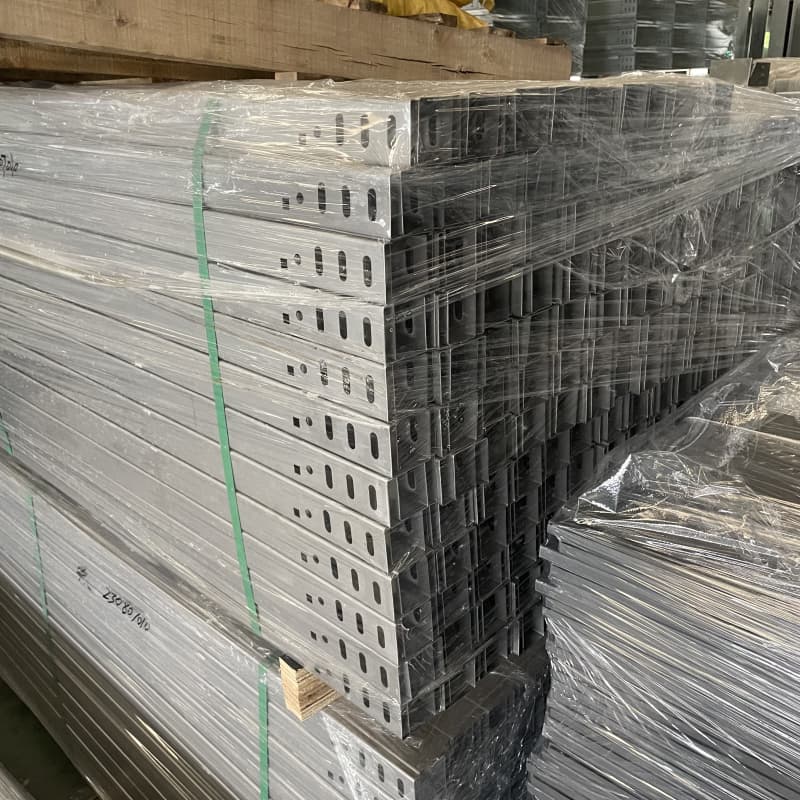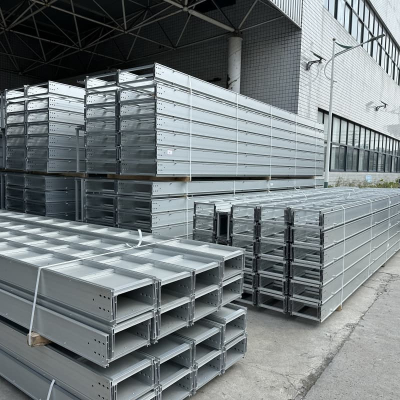What are the requirements for cable trays in power and signal systems?
Cable tray refers to a metal bracket used to carry wires and cables and hang them on the walls or ceilings of buildings. There are several requirements for the use of strong and weak current cable trays:
1. Safety: Both strong and weak current cable trays need to meet corresponding safety standards, such as bearing capacity, structural stability, etc. For strong current cable trays, due to their high voltage, special attention should be paid to preventing the risk of electric shock, such as using insulation materials and setting up safety warning signs.
2. Space planning: The spatial layout of strong and weak current cable trays needs to consider factors such as cable diameter, bending radius, and maintenance space. Usually, the width of a strong current cable tray should be greater than or equal to 15 times the diameter of the cable, while the width of a weak current cable tray needs to consider more factors, such as the arrangement of multiple cables and heat dissipation requirements.
3. Electromagnetic shielding: For weak current cable trays, electromagnetic shielding requirements need to be considered to prevent external electromagnetic interference from affecting signal transmission. Generally speaking, metal cable trays have good electromagnetic shielding effects, while plastic cable trays require the addition of materials such as copper mesh and steel wire mesh to achieve shielding.
4. Fire resistance: Whether it is a strong or weak current cable tray, fire resistance needs to be considered. For example, measures such as adding fire-resistant coatings and installing fire-resistant partitions on the surface of cable trays can reduce losses in the event of a fire.
5. Installation and maintenance: The installation and maintenance of strong and weak current cable trays need to follow corresponding specifications and operating requirements to ensure safe use and extend service life. For example, during the installation process, it is important to avoid damaging the cables, and during maintenance, it is necessary to clean and remove rust from the surface of the cable tray.
In general, there are certain requirements and precautions for the use of strong and weak current cable trays to ensure safe and reliable transmission of electrical energy or signals. In specific applications, it is necessary to choose and design according to the actual situation, and strictly comply with relevant standards and specifications.





